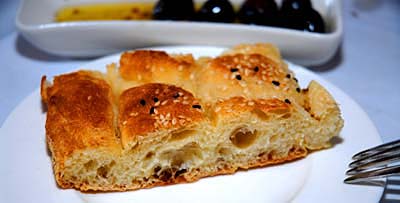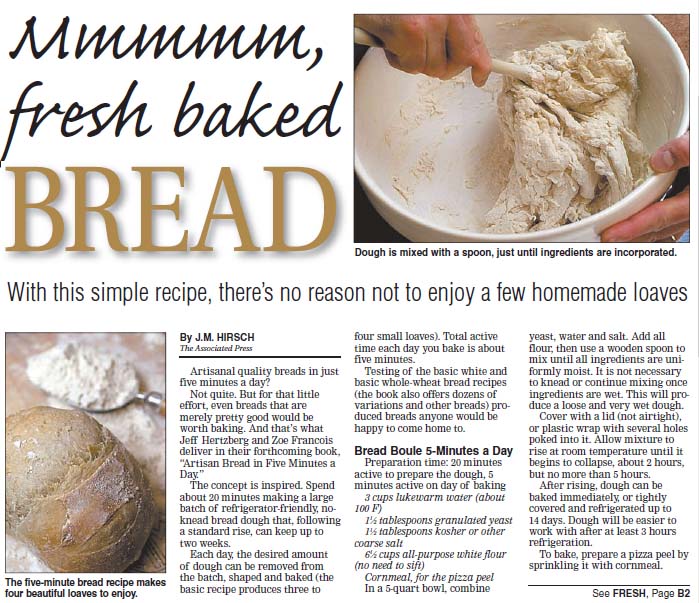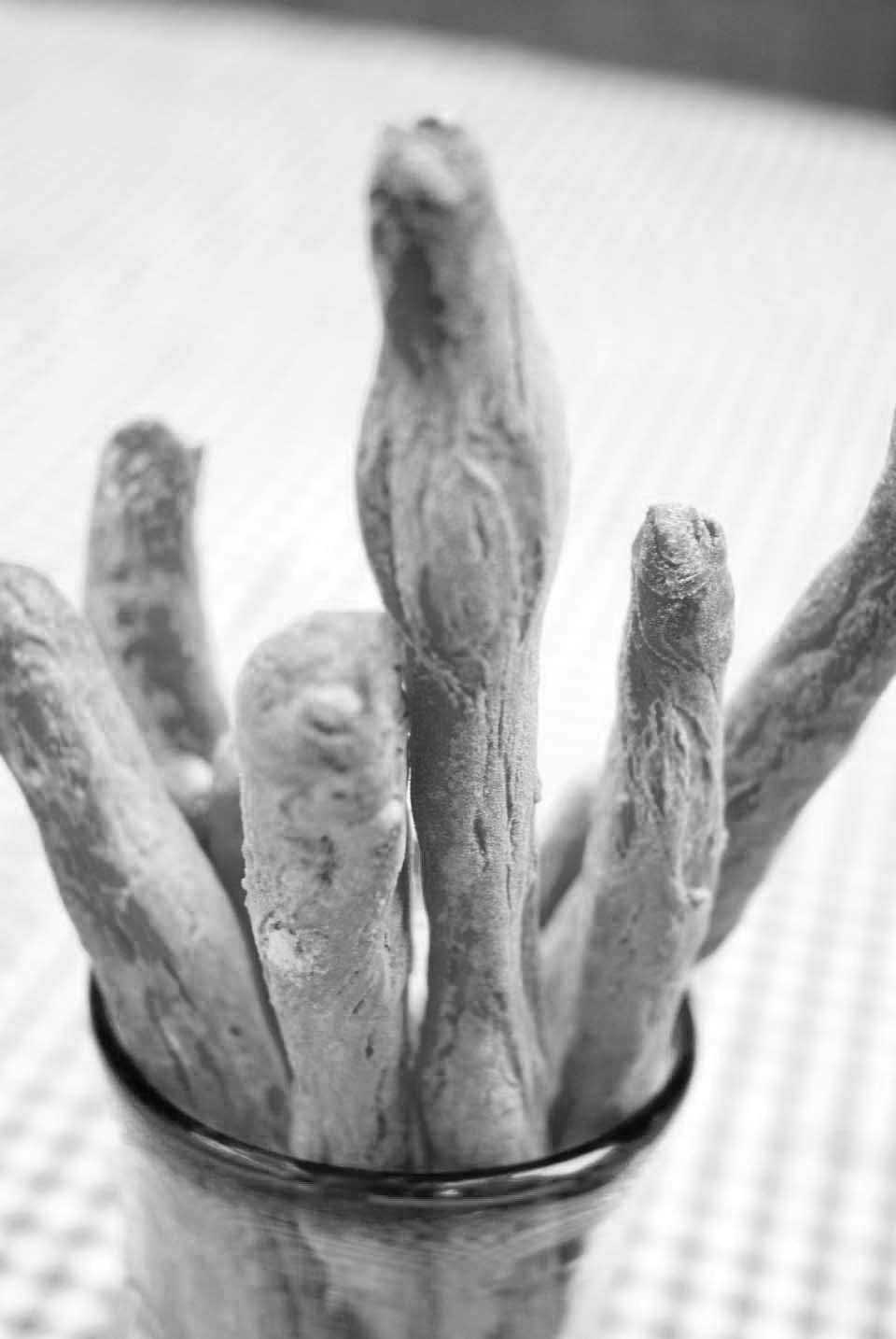Return to FAQ page
Short answer: Yes!
My method is super-fast because it’s based on stored dough, not because I use a full dose of granulated yeast in the recipes. In the 2007 edition of the first book, I used full-dose yeast (which was 1 1/2 tablespoons for four pounds of dough) because I knew that many readers would want to use the dough within a few hours of mixing it. For the 2013 update of that book, I decreased the dose of yeast to 1 tablespoon, because testing showed that the extra half-tablespoon made little difference if the water was warm (though if it wasn’t, initial rise-time stretches beyond two hours). I’d still consider that a full dose of yeast in a four-pound batch, and you can decrease to 1 tablespoon in any of the recipes, from any of my books. But if you have more time for the initial rise, you can decrease it further–by large margins. Half-doses, quarter-doses, and even less will work. When using fresh cake yeast, increase by 50% (by volume) to match the rising power of granulated yeast.
Why use less yeast? Experienced yeast bakers sometimes prefer the more delicate flavor and aroma of a dough risen with less packaged yeast. And some people found that the full dose of yeast resulted in bread that tasted and smelled of beer or ale. Traditionally, it’s felt that rising the dough very slowly, with very little added yeast, builds a better flavor. So this is an option to try when you have more time:
I’ve tried it two ways, first halving the yeast (1/2 tablespoon), and then dropping it way down, to 1/2 teaspoon. Both worked, but they work slowly. For the 1/2 teaspoon version, you need to give the dough 6 to 12 hours to rise. The 1/2 tablespoon version needs something in between (about 4-5 hours). You don’t need to increase the resting time after the loaf is shaped. Active time is still five minutes a loaf, it’s just your passive resting and rising times that really escalate when you go to the low-yeast version. If you use cool or cold water with a low-yeast preparation, you’ll need 18 to 36 hours for the initial rise.
So if you’ve hesitated to try my method because you like your loaves risen long and slow, give this approach a try.
Low yeast/slow rise with egg-enriched breads: Readers have asked about the food-safety issues in trying low yeast/slow rise at room temperature with egg-enriched doughs. Raw egg shouldn’t be left out too long at room temp. How long is too long? US Department of Agriculture (USDA) is very conservative on this question; they say 2 hours is the max (click here and scroll down for their detailed recommendations). Understand that this would make it impossible to rise a cold-started egg-enriched dough fully at room temperature (though I’ve found that two hours on the counter is enough even for a 33% yeast reduction; the problems start when you make more significant reductions, which would require 8 to 24 hours on the counter). The risk is salmonella and other food-borne illnesses. Even though eggs in baked breads are fully cooked, the USDA is clear on this: 2 hours maximum. They’re a very conservative organization– for example, you basically can’t eat hamburger with any pink in it, according to USDA. Otherwise there’s some risk.
To stay in compliance with USDA guidelines for egg-based doughs, refrigerate at 2 hours regardless of whether the batch has fully risen. Then, allow the rising to complete at refrigerator temperature (18 to 36 hours).
More in The New Artisan Bread in Five Minutes a Day, and my other books.
Note: BreadIn5.com is reader supported. When you buy through links on the site, BreadIn5 LLC earns commissions.
Return to FAQ page











